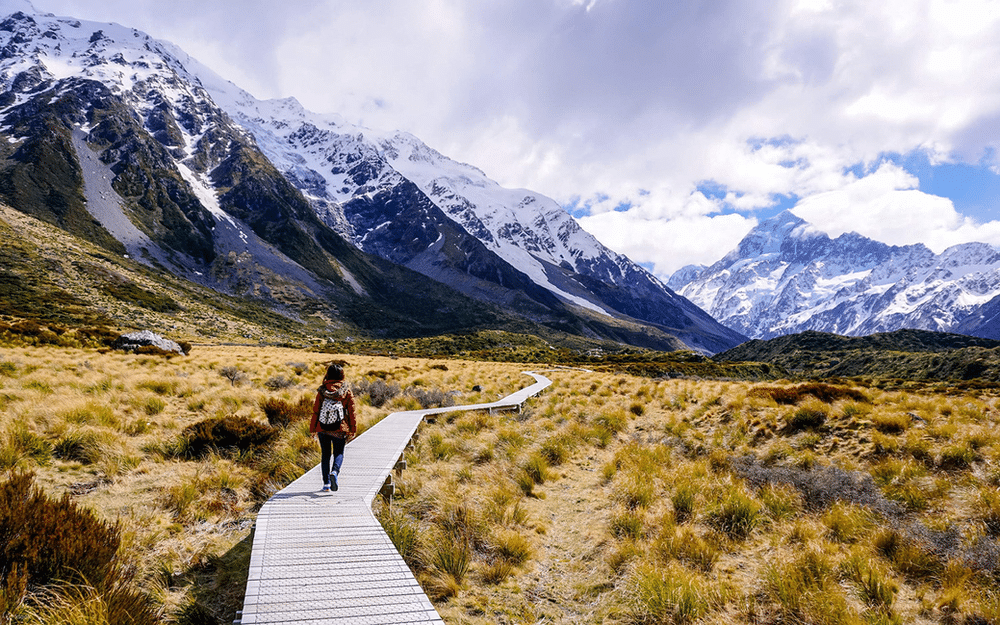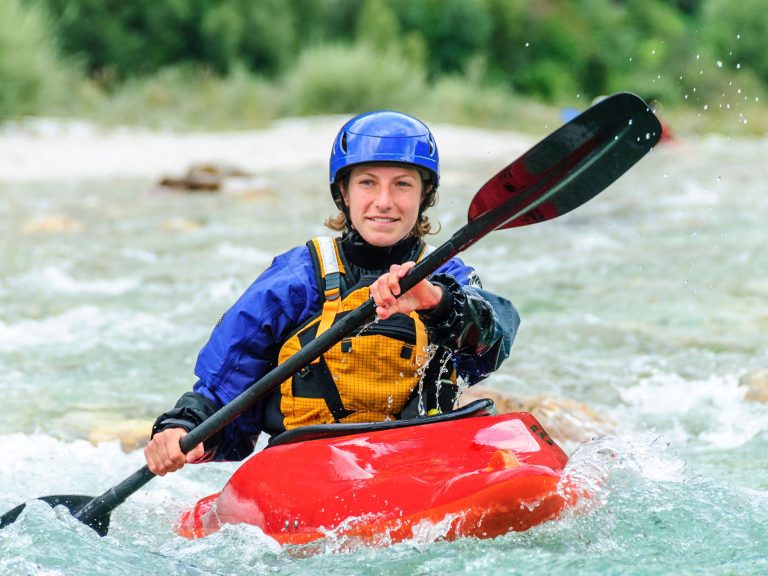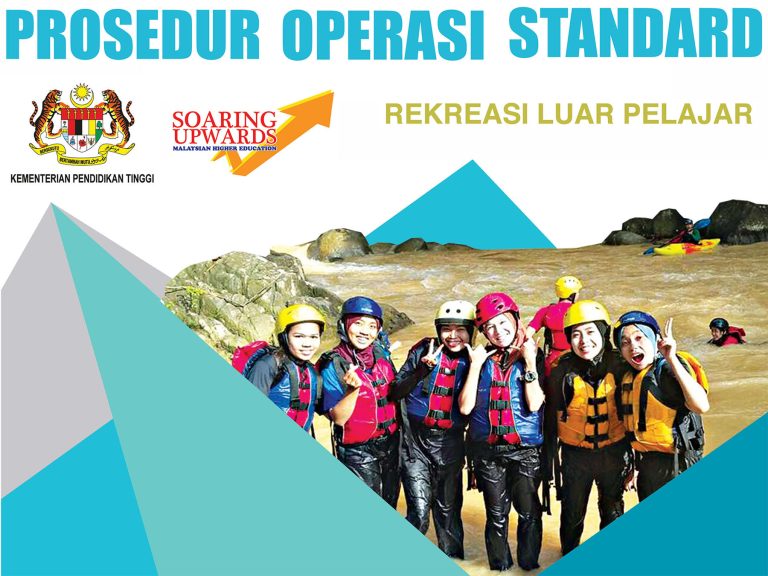
In the southwestern Pacific Ocean lies an island country known for its glacier-clad mountains, deep fjords, and lush green rainforests: Aotearoa, also known as New Zealand.
The nation is a top destination for outdoor adventure experiences, for tourists from around the world, local school pupils, and recreation-minded families.
New Zealand’s dynamic outdoor adventure sector is renowned for its creativity—bungee jumping, jetboating, zorbing (aka globe-riding, rolling downhill in a big transparent plastic sphere), and canyon flying were all invented by New Zealanders.
Another innovative but lesser-known (and perhaps less exciting) element of Aotearoa’s adventure sector is its accident insurance system.

What is the Accident Compensation Corporation scheme?
The Accident Compensation Corporation scheme is New Zealand’s no-fault accidental injury compensation scheme, run by a government organization called the Accident Compensation Corporation.
The ACC scheme provides coverage for everyone in New Zealand if they’re injured in an accident. This includes beneficiaries, and people whether or not they are employed. It includes visitors to New Zealand.
ACC pays for medical care, help at home, and help with income. The coverage is no-fault, which means a person is covered regardless of who may have contributed to the accident’s occurrence.
Injuries which aren’t caused by an accident, however, may not be covered. This can include illness, sickness, or contagious diseases. Stress and other emotional issues aren’t included unless they’re linked to a covered injury. Similarly, sunburn or solar keratitis (burn to the eye from excessive sunlight, for example at high altitude on reflective snow) would not be covered.
The ACC began in 1974, following the passage of the Accident Compensation Act.
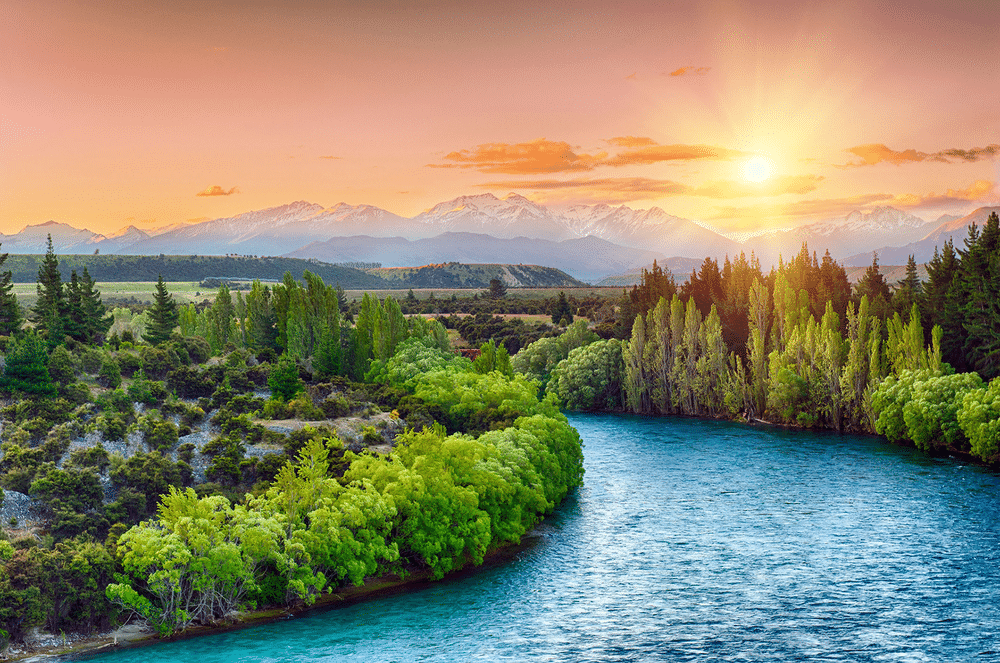
Some lawsuits not allowed
Because ACC is a no-fault scheme, compensating for injuries, injured persons normally cannot sue an at-fault party.
This is similar to a worker’s compensation scheme in the workplace. Under a worker’s compensation system, medical care for a person who is injured on the job is paid for by the employer (through their worker’s compensation insurance policy), and the worker typically cannot sue their employee to recover costs related to the injury.
The ACC scheme is markedly different from the system in place in many parts of the world, such as the USA, where a person who is injured in an outdoor adventure activity can—and often does—sue the activity provider for damages. In some cases, awards can be extraordinarily high.
When you can sue
If an injury isn’t covered by ACC and was caused by someone else’s actions, they can be sued for compensation, for example through a lawsuit for negligence.
In some cases, it’s possible to sue for “exemplary damages,” in cases of injury caused by reckless behavior, even if the injury is covered by ACC. These punitive damages are in addition to the amount needed to compensate for the injury.
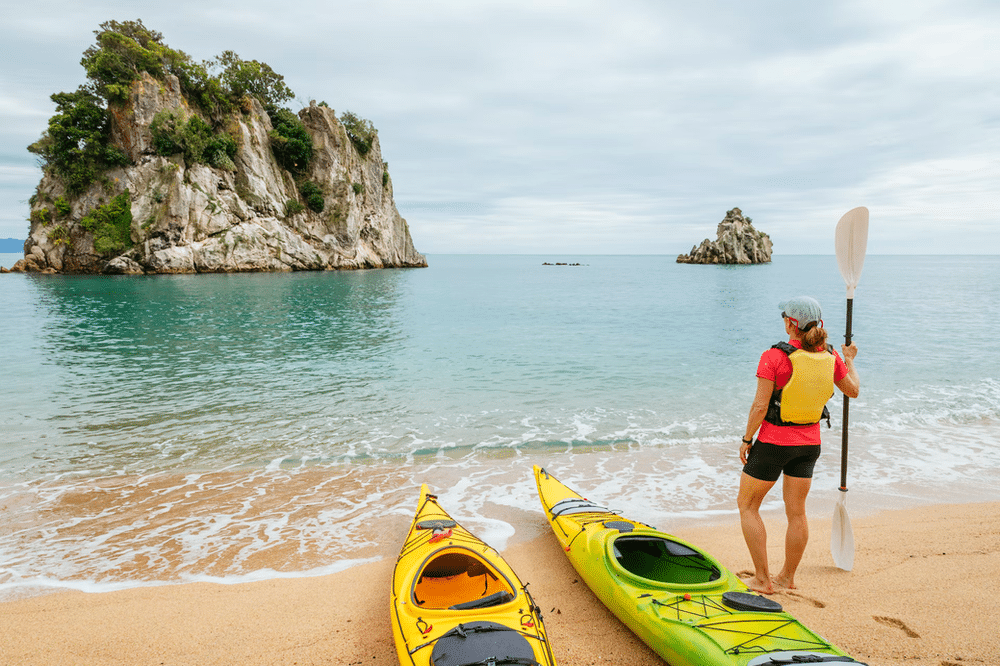
Not a license to be careless
In addition to potential liability for some negligence claims and punitive damages, adventure operators can also be fined by the country’s health and safety regulator for violations of New Zealand’s Health and Safety at Work Act 2015.
And adventure activity providers are subject to the Health and Safety at Work (Adventure Activities) Regulations 2016, which require adventure activity providers to meet an extensive list of safety requirements.
Effect on the outdoor adventure industry
The ACC scheme has been credited with boosting the strength of the outdoor adventure sector in New Zealand, as operators do not have to worry about being put out of business by a legal claim if a customer is injured—the government simply pays the medical bills.
In addition, since the scheme is government-run and automatically available, adventure providers do not have the uncertainty and expense of attempting to obtain liability insurance that their peers do in places like Australia and South Africa, where obtaining liability coverage for companies who offer adventure tourism or outdoor education experiences can be extremely difficult or cost-prohibitive.

Implications for adventure providers in other countries
In Viristar’s Risk Management for Outdoor Programs course, we ask participants to study New Zealand’s ACC scheme and compare it to the legal landscape in their own country. Many course participants, who lead outdoor education, wilderness therapy, or experiential adventure programs around the world, respond that they wish their country had the no-fault accident compensation scheme that’s in place in New Zealand.
No system is perfect. Yet New Zealand’s rigorous adventure safety regulations, extraordinary natural landscapes, adventurous character, and accident compensation scheme all contribute to making New Zealand an exciting and rewarding place to be an outdoor adventure activity provider.
